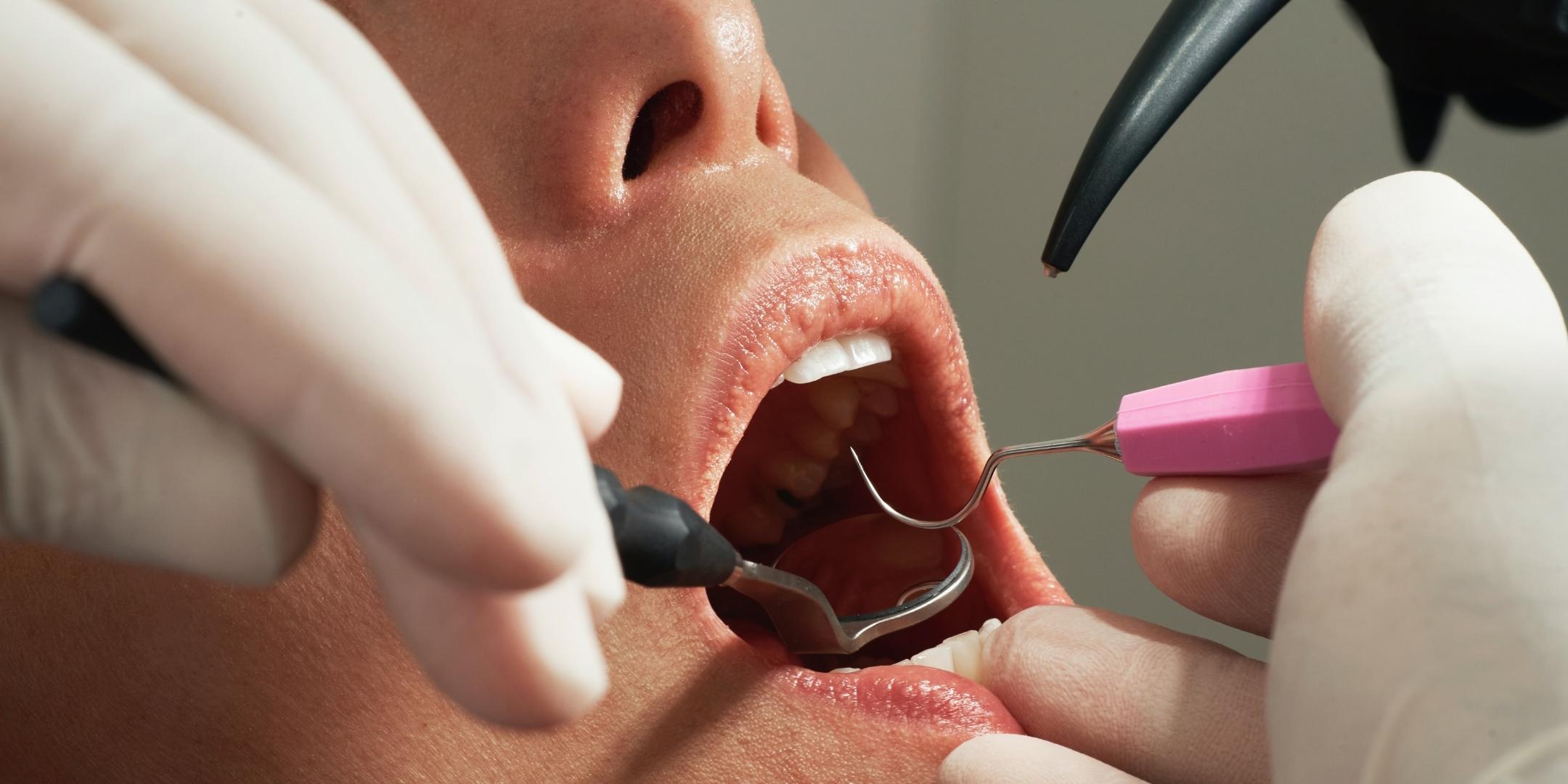Good oral health leads to good health overall. Some dental problems may impair your ability to eat and speak and cause pain and bad breath. Poor dental health can affect areas outside the mouth, including the heart, stomach, eyes, and ears.
People use dental crowns to restore the appearance and function of the tooth that has had a cavity or damage. Majority of people who install crowns resume their regular eating habits without bothering about the tooth decay under the crown. Yes! They are protected, but still, there are many chances of cavities, which could then cause decay. It is essential to know how to prevent and detect the damage before it is too late.
How To Fix The Tooth Decay Under The Crown?
It is necessary to find cavities under dental crowns soon and fix them to prevent further damage that can endanger the affected tooth and its neighbors. Dentists can find out the cavity and other abnormalities by x-rays diagnosis. But it is a more complicated process to find the tooth decay under the crown than on a natural tooth. We can fix this by following the methods given below.
- Dental filling
If a cavity is along the margin of a dental crown and does not go very deep into the tooth or if we found tooth decay under the dental crown at an early stage, placing a simple dental filling at the margin of the dental crown can help you. In some complex cases, doctors suggest you remove the dental crown. Then they fill it and place a new crown on top.
- Root canal therapy
It may be time for a procedure if the crown was not part of a root canal and the tooth decay under the dental crown has reached the pulp chamber underneath it. The doctors will remove the crown, clean the infection out of the root, seal the hole, and attach a new dental crown. The same procedure is applicable if a previous root canal has failed. The dentist will drill more to remove the tissue left behind and then place a new crown on top.
- Bridge
If the decay has destroyed too much of the tooth beneath a crown, extraction may be the only option. Although pulling the tooth will fix the cavity problem, missing teeth might cause additional issues such as shifting and an uneven bite. You can use dentures or dental implants to close the gap.
What Are The Causes Of Tooth Decay Under The Crown?
Even with a dental crown, the possibility of tooth decay creates a few concerns among patients. Their concerns are well-founded. It’s also important to remember that if patients wish to avoid tooth decay under the crown, they must do their duty. Frequently brushing, flossing, and rinsing your teeth is the best thing you can do. You must, of course, see your dentist at least twice a year.
Failing to meet the dentist for dental checkups and cleanings will prevent you from knowing if you have developed cavities. Plaque accumulation from not brushing and flossing leads to cavities and tooth decay. Furthermore, an improperly fitted crown might lead to bacteria buildup and cavity.
Note: The Global Burden of Disease Study 2019 shows that 2 billion people suffer from dental caries of permanent teeth1, and 520 million children suffer from caries of primary teeth1 globally.
Symptoms Of Tooth Decay Under A Crown
Here are a few indicators that you may have tooth decay under the crown.
- Increased tooth sensitivity: If you avoid hot or cold drinks because you are afraid they will hurt your teeth, it’s time to consult your dentist about the possibility of having sensitive teeth. It may be the symptom of tooth decay under the crown. Some sweets, sour foods, and even cold air can irritate teeth.
- Pain or toothaches: A sharp, sudden, dull, or constant tooth pain is hard to ignore. Sometimes this pain originates from some other areas and radiates to the jaw. The most common pain areas include the jaw joint, ear pain, sinuses, and even occasional heart problems. This sudden pain also can be a symptom of tooth decay under the crown.
- Swollen, inflamed gums: The irritation, redness, and swelling (inflammation) of your gingiva, which is the part of your gum around the base of your teeth, may be the symptom of tooth decay under the crown.
- Bleeding when brushing or flossing.
- Around the crown, there are visible dark or gray blotches on the tooth structure.
Tips To Prevent Tooth Decay Under The Crown
- Good oral habits
Keeping the entire mouth clean and healthy is the best way to keep crowns in good condition. Brushing your teeth twice a day and flossing once a day are recommended. Avoid sugary and acidic meals, which allow plaque-causing bacteria to thrive. You can avoid tooth decay under the crown when you concentrate more on keeping bacteria out of the mouth.
- Have regular dental exams
Once every six months, a person with a healthy mouth should get a routine checkup. People with dental problems should visit the dentist as often. Regular checkups are essential for ensuring that the dental crowns are in good working order. The dentist checks to see if the teeth with dental crowns are healthy. They also confirm that the crowns are still securely fastened. Thus you can get away from tooth decay under the crown before.
- Avoid certain food
You need to avoid chewy foods like caramel, taffy, and gum. They may potentially dislodge your dental crown. Hard foods like pretzels, seeds, and nuts may break your dental restoration. Eat cooked vegetables and not raw vegetables as they will not harm or damage the dental crown.
General tips to save your dental crown from other damages
Certain lifestyles and behaviors can prevent your dental crown from some damage.
- Do not use your teeth as tools to open packages, bite your fingernails, tear-off tags, and open bottles.
- Avoid dark-colored foods and drinks. It may change the shade of your natural teeth and dental crown, causing them to look dark or yellow.
Conclusion
Crowns are the type of tooth treatment that lasts a long time and protects your teeth. They support and add stability to your original tooth structure by creating an additional layer over it. With these modern aesthetic designs, you will be able to eat all of your favorite foods and smile with confidence with a quality crown. Also, you will want to take some daily and annual precautions to guarantee that your new cap lasts as long as it is supposed to and avoid tooth decay under the crown.









